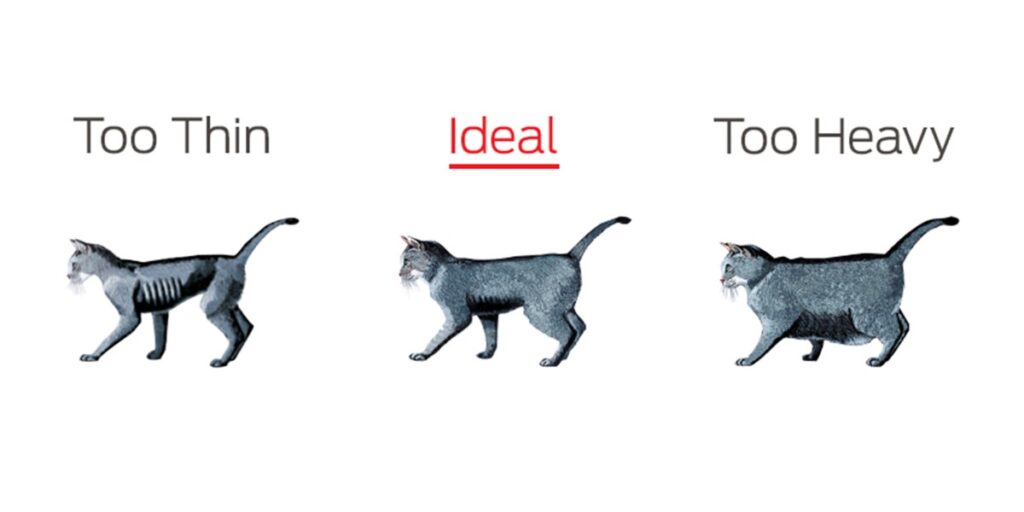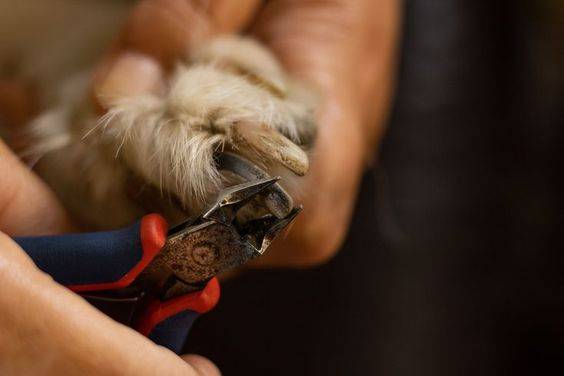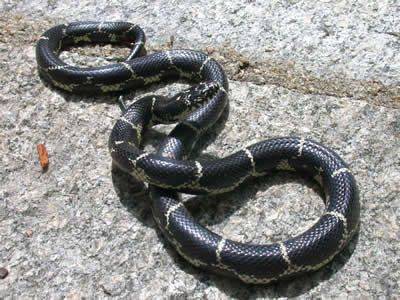Welcome to Your Pet Diary, your go-to source for everything related to our beloved four-legged companions. In this comprehensive guide, we’ll delve into the world of low-energy dog breeds, exploring their unique characteristics, care needs, and why they might be the perfect fit for your lifestyle. Whether you’re a first-time dog owner or a seasoned canine enthusiast, join us on this journey as we celebrate the joys of embracing tranquility with low-energy pups.
Understanding Low-Energy Dog Breeds
In this chapter, we’ll lay the groundwork by defining what exactly low-energy dog breeds are and what sets them apart from their more energetic counterparts. We’ll debunk common myths and misconceptions surrounding these breeds and highlight the importance of matching a dog’s energy level with their owner’s lifestyle for a harmonious relationship.
The Gentle Giants: Top Low-Energy Dog Breeds
Cavalier King Charles Spaniel :
Originating from England, these delightful companions are known for their affectionate nature and moderate exercise needs.
Despite their royal heritage, Cavaliers are down-to-earth and thrive in both urban and rural environments.
Basset Hound:
With their iconic droopy ears and soulful eyes, Basset Hounds are beloved for their relaxed demeanor and unwavering loyalty.
While they may enjoy a leisurely stroll, these low-energy dogs are equally content lounging on the couch with their favorite humans.
Shih Tzu:
Originating from Tibet, Shih Tzus are small yet sturdy dogs with a charming personality.
Their low energy levels make them well-suited for apartment living, and they excel as indoor companions.
Bulldog:
Despite their muscular appearance, Bulldogs are surprisingly low-energy and make excellent apartment dwellers.
Their laid-back attitude and affectionate nature endear them to families and individuals alike.
Greyhound:
Known for their lightning-fast speed on the racetrack, Greyhounds are surprisingly lazy when off-duty.
These graceful hounds are content with short bursts of activity followed by long naps on the couch.
Great Dane:
Often referred to as gentle giants, Great Danes are known for their towering stature and gentle demeanor.
While their size may be intimidating, Great Danes are true couch potatoes at heart, enjoying lounging sessions with their loved ones.
Pug:
Playful and affectionate, Pugs are small in size but big in personality.
Their low energy levels make them adaptable to various living situations, from apartments to spacious homes.
Caring for Low-Energy Dog Breeds
In this chapter, we’ll explore the specific care needs of low-energy dog breeds, including nutrition, exercise requirements, mental enrichment, and grooming.
Nutrition:
Tailoring your low-energy dog’s diet to support their overall health and well-being is essential.
We’ll discuss the importance of feeding high-quality, balanced meals and monitoring portion sizes to prevent weight gain.
Exercise Requirements:
While low-energy dog breeds may not require intense physical activity, they still benefit from daily walks and mental stimulation.
We’ll explore creative ways to keep your furry friend active and engaged, from interactive toys to gentle training exercises.
Mental Enrichment:
Keeping your low-energy dog’s mind stimulated is just as important as keeping their body active.
We’ll share tips for providing mental enrichment through puzzle toys, obedience training, and interactive games.
Grooming Needs:
Maintaining your dog’s coat and overall hygiene is crucial for their health and well-being.
We’ll provide guidance on regular grooming routines, including brushing, bathing, nail trimming, and dental care.
Lifestyle Considerations
In this chapter, we’ll explore how low-energy dog breeds fit into various lifestyles, including apartment living, senior companionship, and family dynamics.
Apartment Living:
Low-energy dog breeds are well-suited for apartment living due to their calm demeanor and moderate exercise needs.
We’ll discuss the importance of providing mental stimulation and creating a safe, comfortable environment for your canine companion.
Senior Companionship:
Low-energy dogs make excellent companions for seniors looking for unconditional love and companionship.
We’ll explore the benefits of pet ownership for seniors and provide tips for selecting the perfect furry friend.
Family Dynamics:
Finding a low-energy dog breed that fits seamlessly into your family’s lifestyle and routine is essential.
We’ll discuss how to introduce a new dog to your family, including children and other pets, and foster positive relationships.
Choosing the Right Low-Energy Dog for You
In this chapter, we’ll provide practical guidance for selecting the perfect low-energy dog breed based on your lifestyle, preferences, and circumstances.
Assessing Your Lifestyle:
Understanding your own energy level and activity preferences is crucial for finding a compatible canine companion.
We’ll guide you through a series of questions to help assess your lifestyle and identify the best breed match for you.
Researching Breeds:
Exploring different low-energy dog breeds and their unique characteristics will help narrow down your options.
We’ll provide detailed profiles of various breeds, including temperament, exercise requirements, grooming needs, and potential health concerns.
Adoption vs Breeder:
Choosing between adopting a dog from a shelter or rescue organization and purchasing from a reputable breeder is a personal decision.
We’ll discuss the pros and cons of each option and provide guidance for making an informed choice.
Low-energy dog breeds offer a unique blend of companionship, loyalty, and tranquility for individuals and families seeking a laid-back furry friend. By understanding their characteristics, care needs, and lifestyle considerations, you can make an informed decision when choosing the perfect low-energy dog breed to join your family







